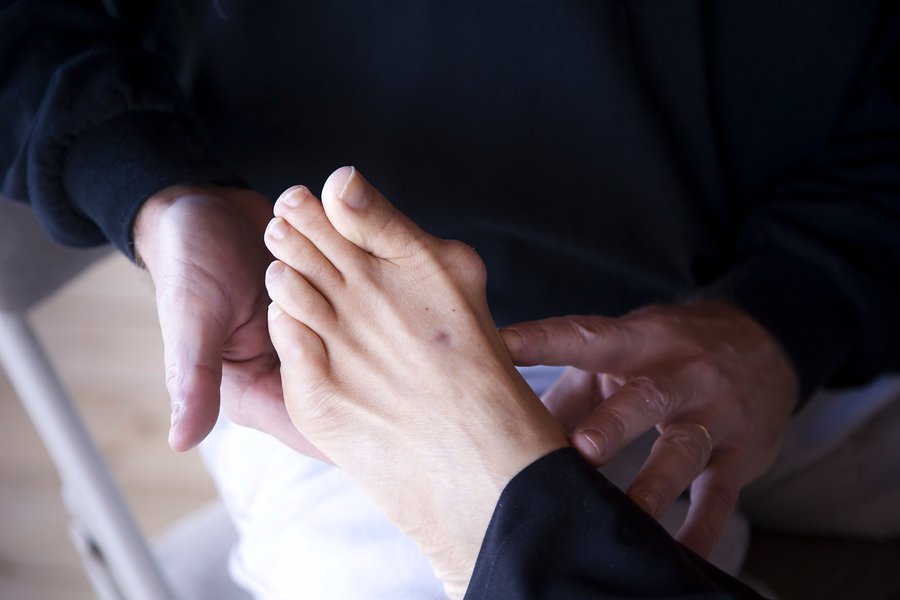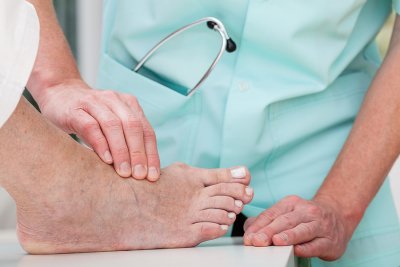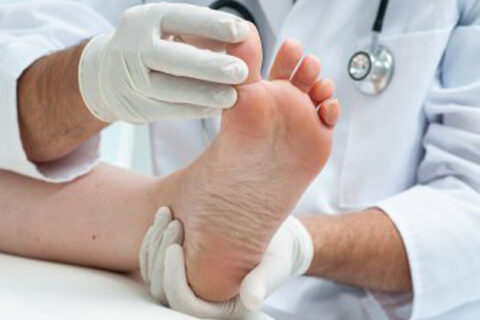Examining Types of Bunion Surgery

Examining Types of Bunion Surgery
Bunions are bony protrusions that occur on the first joint of the big toe. If you have a bunion that is large or particularly painful, your podiatrist may suggest bunion surgery to remove it. Surgery is generally not recommended unless other forms of bunion treatment have proved unsuccessful. There are a number of surgical bunion removal options your Houston podiatrist may pursue; the best treatment for you will depend upon your condition.
Bunionectomy
A bunionectomy is a surgical procedure that is generally used to treat smaller bunions and milder big toe deformations. During this form of bunion surgery, your foot and ankle specialist will shave off the excess bone of the bunion before realigning the bones and tissues of your foot to restore its natural shape. Recovery from a bunionectomy typically takes two to four weeks and requires a special post-surgical shoe to keep your foot supported and properly aligned as it heals.
Osteotomy
An osteotomy is a more complicated surgical procedure generally reserved for mild or severe bunions. During an osteotomy, the metatarsal bone of your big toe is cut and moved into proper alignment to correct a more severe deformity. The bone is held in place with screws or pins. In cases of very severe deformities, a portion of the bone may also be removed before it is affixed in place. If the toe joint has significantly degraded due to arthritis, it may be replaced with an artificial joint. After bunion surgery to correct a mild deformity, recovery may take four to six weeks. A more involved osteotomy requires six to twelve weeks for a full recovery. After an osteotomy, you will need to wear a short cast and use crutches to allow your foot to heal.
Bunions may be due to many causes, including genetic predisposition and poorly-fitting shoes. Wearing shoes with enough room to wiggle your toes and visiting your podiatrist regularly for foot care can reduce your risk of a painful bunion or provide prompt bunion treatment before the condition progresses.

